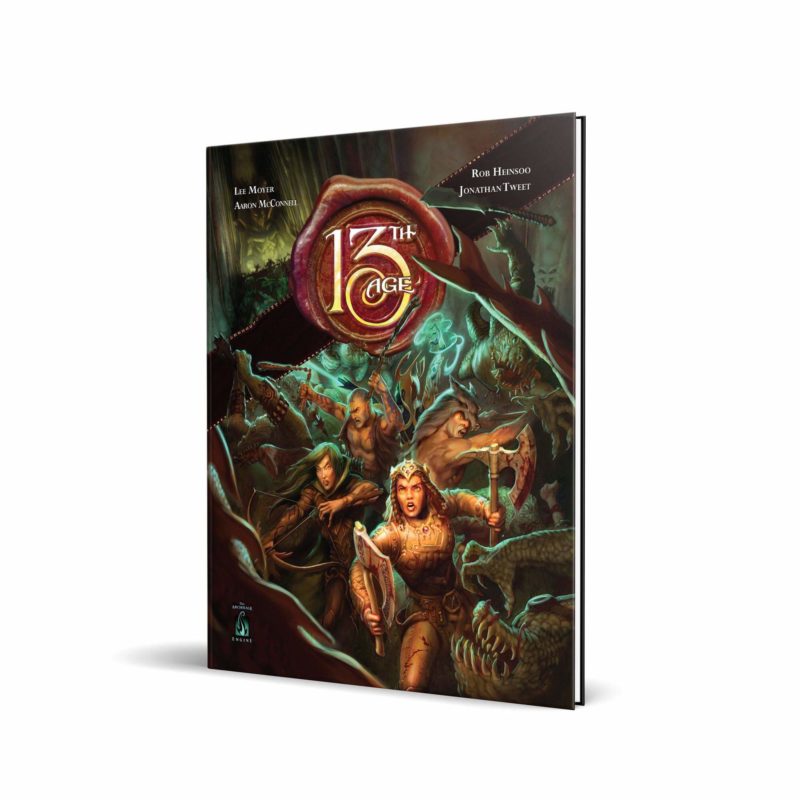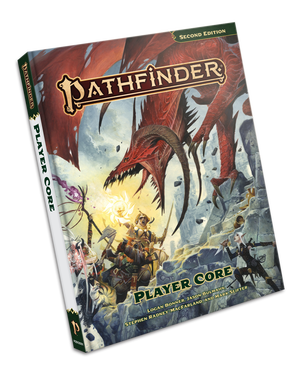Castles & Crusades Fantasy; Sword-and-Sorcery; Class-based; Old-School Renaissance (OSR); Exploration-Driven; Tactical Combat; Collaborative Worldbuilding
Castles & Crusades (C&C) is a fantasy tabletop role-playing game designed to evoke the spirit of classic D&D while incorporating modern mechanics. It emphasizes old-school sensibilities like exploration, tactical combat, and collaborative worldbuilding within a sword-and-sorcery setting. The game employs a streamlined d20 system known as the SIEGE Engine, making it accessible to both newcomers and veterans of the OSR scene. This report provides a comprehensive overview of C&C, covering its theme, mechanics, unique aspects, and target audience.
Theme and Setting
Castles & Crusades plunges players into a classic fantasy world, ripe with sword-and-sorcery adventures. The game doesn't prescribe a specific setting in its core rules, encouraging collaborative worldbuilding between the players and the Castle Keeper (Game Master). While generic in its core books regarding setting, several settings exist for the game, including Aihrde, Bluffside, and Inzae. These pre-made settings provide a foundation for campaigns, though many groups opt to create their own unique worlds. The game evokes a sense of adventure, exploration, and danger reminiscent of early D&D, focusing on classic fantasy tropes and themes.
Core Mechanics and Rules
At its heart, Castles & Crusades utilizes a modified d20 system, simplifying many of the complexities found in later editions of D&D. Key features include familiar elements like attributes, hit points, ascending armor class, and character classes. A core mechanic is the SIEGE Engine, which governs non-combat actions and challenges.
Here's how the SIEGE Engine works:
- Characters have primary and secondary attributes.
- Primary attribute checks have a Challenge Base (CB) of 12.
- Secondary attribute checks have a CB of 18.
- The Castle Keeper sets a Challenge Level (1-10) based on difficulty, adding it to the CB to create the Challenge Class (CC).
- Players roll a d20, adding their level, attribute bonuses, and class bonuses.
- If the result equals or exceeds the CC, the check succeeds. This emphasizes attribute checks over complex skill lists, aligning with OSR principles. The game is OGL (Open Game License) compliant.
What Makes It Unique
Castles & Crusades distinguishes itself through its blend of classic sensibilities and streamlined mechanics. The SIEGE Engine provides a simple yet versatile framework for resolving challenges, encouraging rulings over rules and promoting player creativity. C&C occupies a middle ground between older editions of D&D and more modern systems, offering a familiar feel with improved accessibility. The game's emphasis on attribute-based checks significantly reduces reliance on skills compared to other d20-based games. This design choice places greater importance on a character's inherent abilities and the player's ingenuity in utilizing them. The game was also credited with birthing the OSR movement in fantasy role-playing.
Target Audience and Player Experience
Castles & Crusades appeals to players seeking a fast-paced, rules-light, and creatively driven tabletop experience. It's well-suited for both veterans of classic D&D and newcomers to the OSR scene. The game's straightforward mechanics make it easy to learn, while its emphasis on player agency and collaborative worldbuilding fosters a sense of immersion and ownership. C&C is designed to encourage improvisation and creative problem-solving, placing the focus on the story and characters rather than complex rules interactions. Players who enjoy tactical combat, exploration, and a strong sense of classic fantasy adventure will find Castles & Crusades a rewarding and engaging experience.


